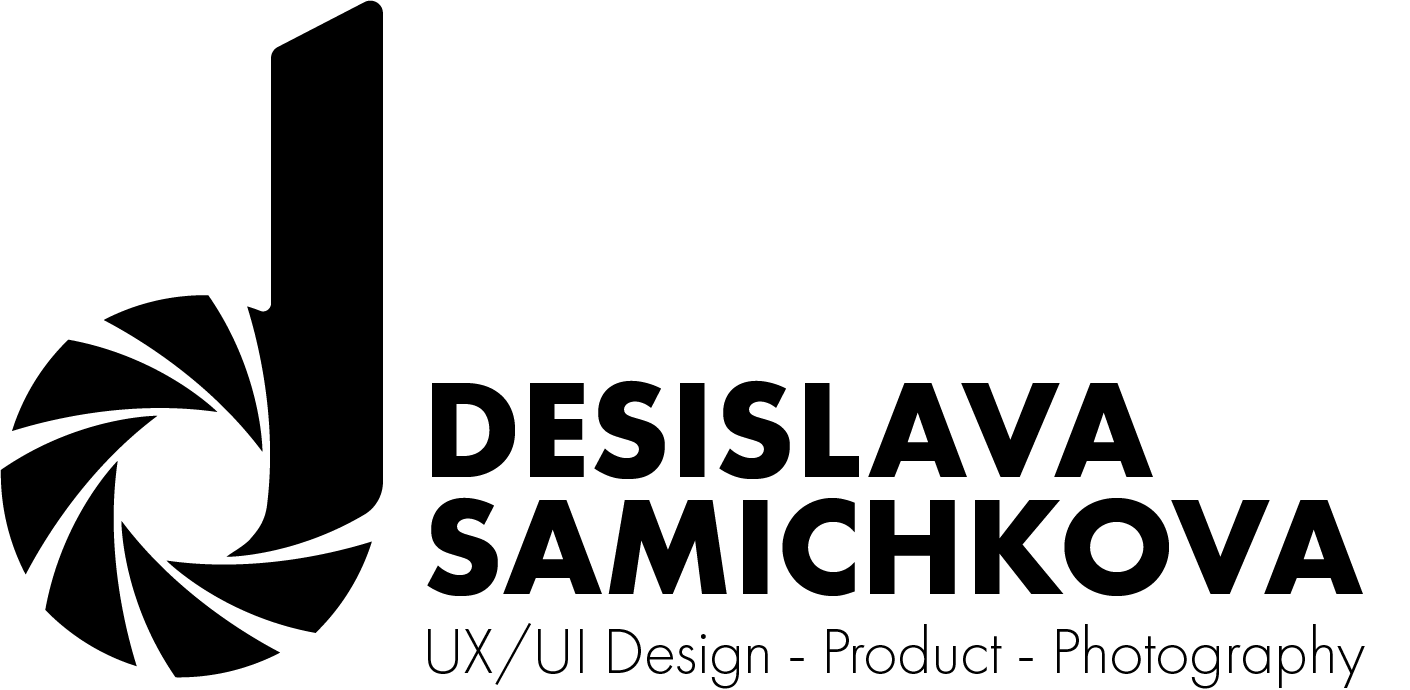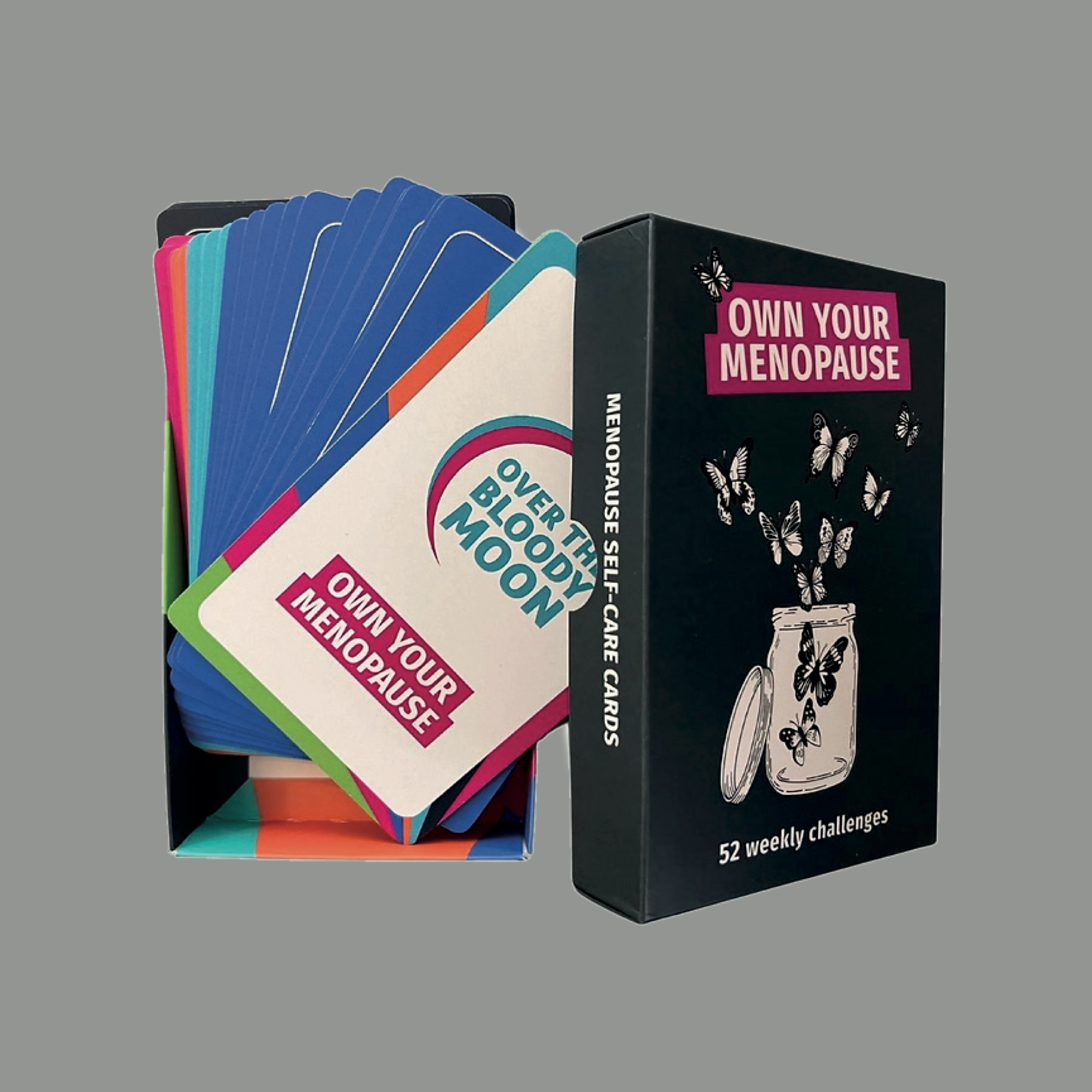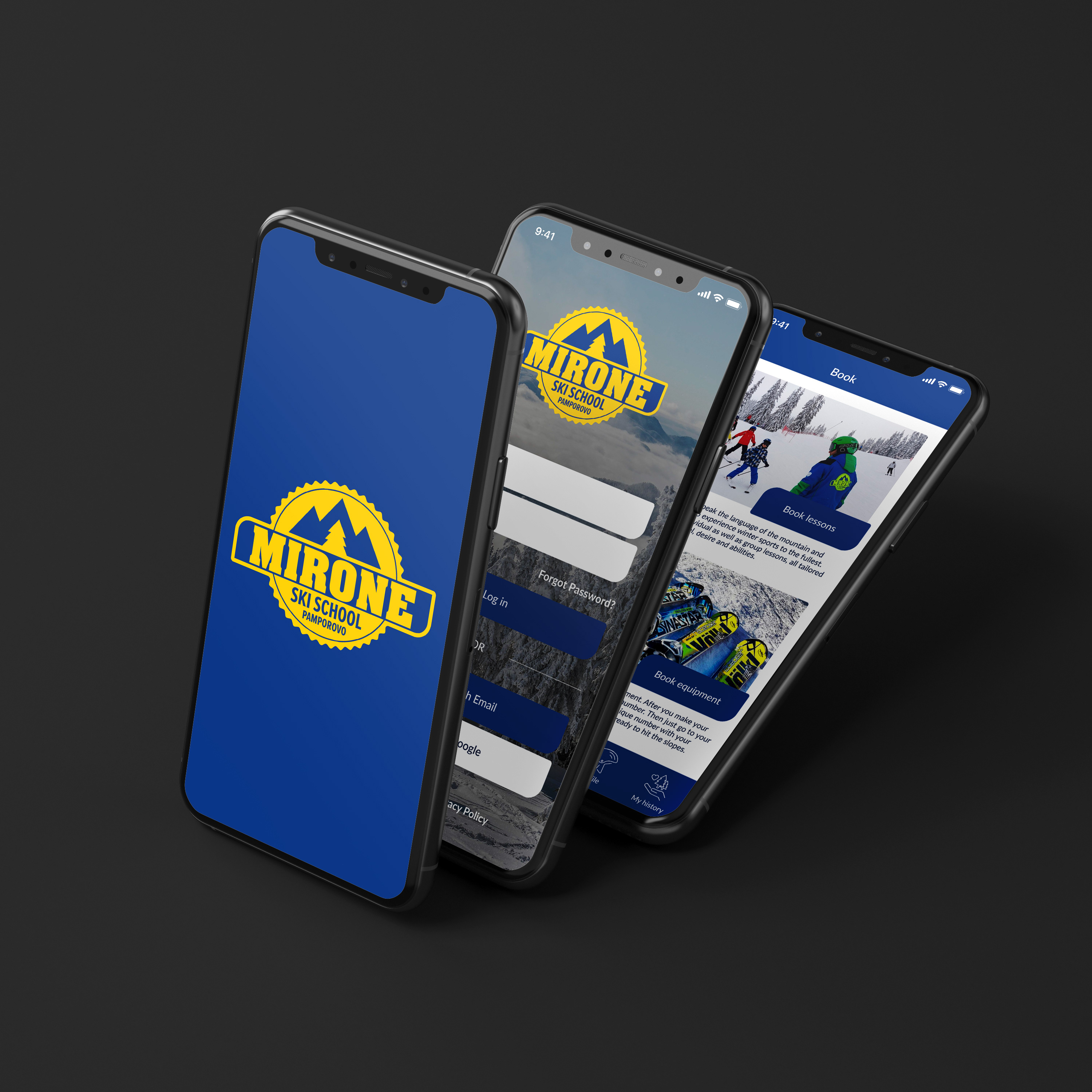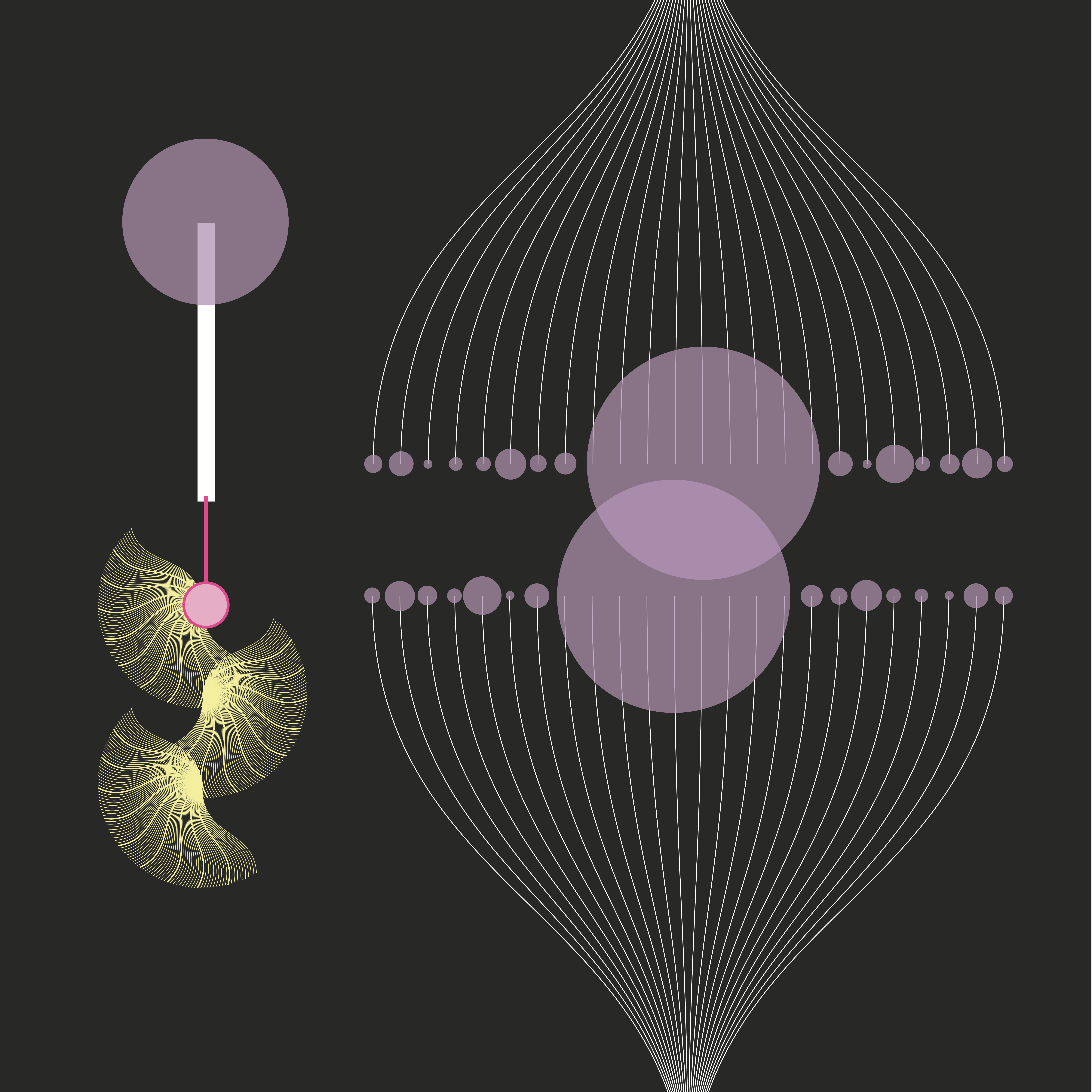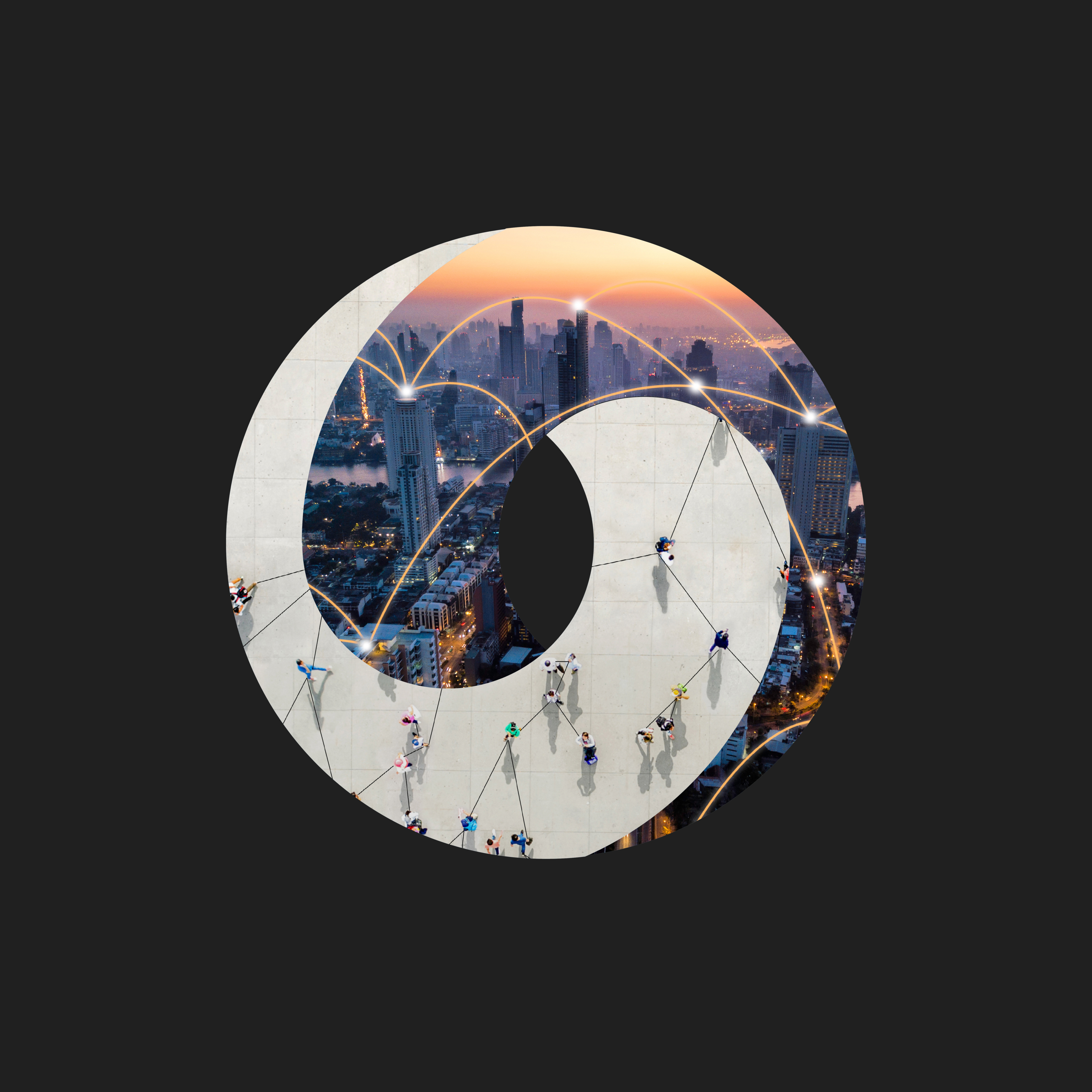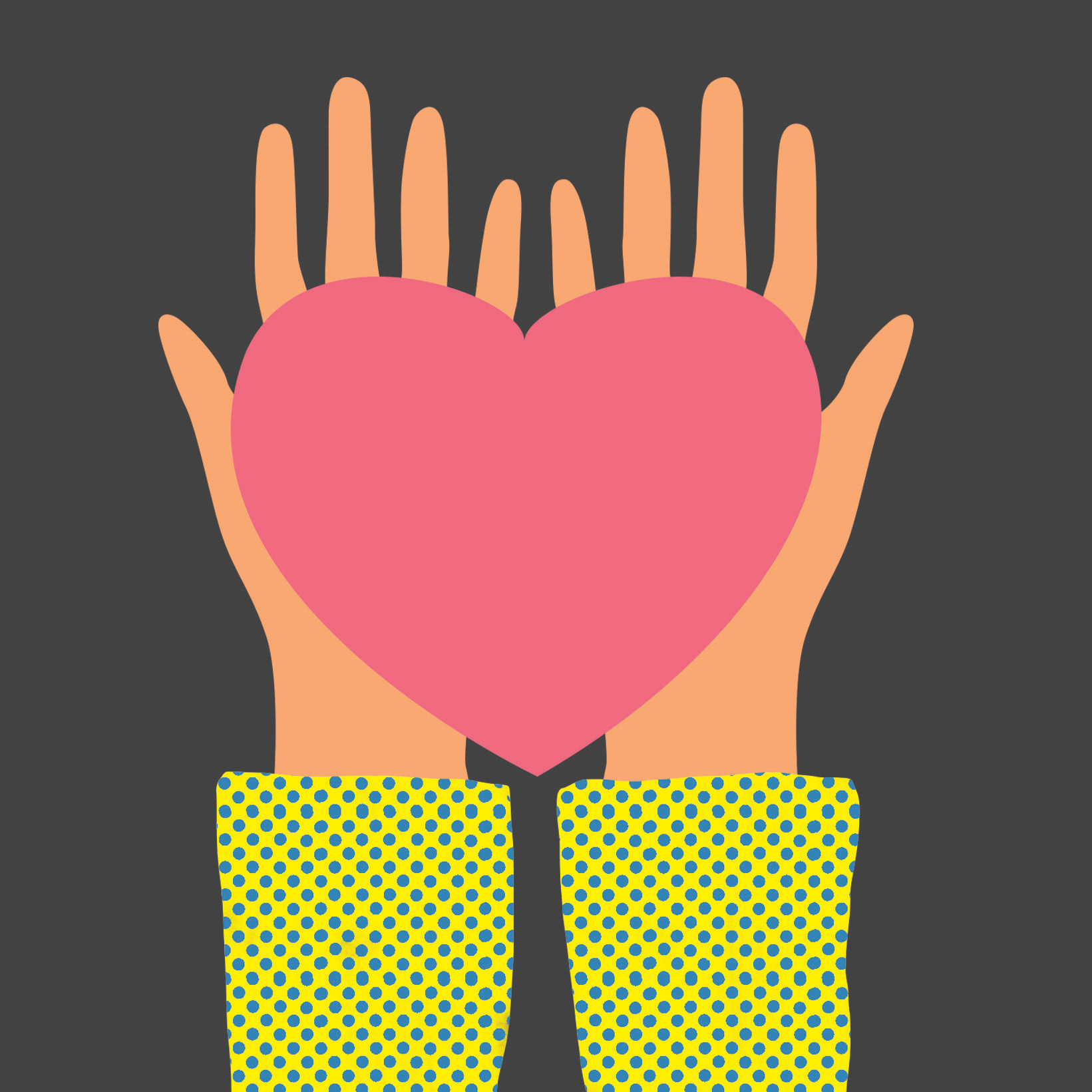Using digital embroidery stitches and line art as a visual language
The Set of 30 textures
Each city was represented with its iconic place, symbol or person. Sofia, the capital of Bulgaria, with the National Palace of Culture. Varna, the sea capital, with the sea anchor. Veliko Turnovo, the old capital, with the fortress from its coat of arm. Plovdiv, the cultural capital - with the iconic sculpture of Milyo the Crazy by Danko Dankov.
Dobrudzha is a region with lavender, sunflowers and wheat fields. A lot of Bulgarian agriculture is produced there. The pattern includes a motif from Cape Kaliakra, situated in its southern part.
The monument House of the Bulgarian Communist Party. This pattern speaks about the communism period in Bulgaria.
The whole east boarder of Bulgaria is taken by the Black sea.
Lakes, mountains, lowlands, waterfalls, forests, rivers, valleys, mineral springs, caves, natural wonders - the diversity of Bulgaria’s nature is endless.
The brown bear and the wild boar are symbols of the wild nature of Bulgarian forests.
Some of the Bulgarians love the fact that there are four seasons, others not.
Typical combination especially for breakfast is banitsa (cheese pastry) with bosa bevarage. It is a malt drink made by fermenting wheat or millet grains.
Bulgarians love combining European sprat fish (found in The Black Sea) with beer. Rakia is Bulgarian national drink and is usually served with salad or kebabche - a dish of grilled minced meat with spices. Rakia making in Bulgaria date from 11th century. Its content is normally 40% but homemade rakia can be stroger. Normally 50% ABV.
Many kids connect their childhood with eating cherries from the trees or taking a fresh bite of watermelon at the beach. One person specifically noted that the best watermelons in Bulgaria can be found in Haskovo and Dobrich region.
Vegetables & Corn
The selected elements for this pattern were: tomatos, cucumber, pepper, corn.
This pattern was inspired by the childhood memories of one of the participants. He never went to the playground without a suger rooster lollipop in his pocket.
Lactobacillus bulgaricus bacteria serves for yogurt fermentation and can be found only in the natural environment of Bulgaria. The yougurt is served with raspberries in a typically ornamented Bulgarian clay pot called gyuvech (гювеч).
Chiprovtsi carpets, called kilims, are handmade flatwoven rugs with two identical sides, part of Bulgarian national heritage, traditions, arts and crafts.
Nestinarstvo is the traditional ritual to dance barefoot on fire. Nestinari is the Bulgarian word for the people who walk barefoot on burning embers. Bulgarian horo folklore dance is a line dance with asymmetrical rhythm and complex repetitive step patterns. It is an integral part of the Bulgarian culture. Many times it is danced in a circle shape.
Kukeri festival is mummers play. Kukeri are elaborately costumed Bulgarian men, and sometimes women, who perform traditional rituals intended to scare away evil spirits. Closely related traditions are found throughout the Balkans and Greece.
The graphic side of Bulgaria’s culture. The used symbol for this pattern is elbetica. You can read more about Bulgarian embroidery symbols in the section of Traditional Bulgarian Embroidery.
Bulgarian rose valleys produce the highest quality of rose oil in the world, providing 85% for the perfume industry.
Pizho and Penda are two small wool dolls that make the typical martenitsa, a wrist band Bulgarian exchange on the 1st of March - Grandma Marta day. The martenitsa is worn until a stork or a swallow is seen, symbolizing the coming of spring, warmer weather, and well being.
Bulgarian Revival is a period when the Bulgarian architecture developed between 1770 to 1900. Plovdiv’s Old Town is a living museum of typical revival houses and that style of architecture.
Shipka Monument is known as the Monument of The Liberty. The memorial complex was erected in memory of the fallen Bulgarian volunteers and Russian soldiers during the Shipka battles in the summer of 1877. Shipka battle plays a crucial role in the Russo-Turkish War and for the liberation of Bulgaria from Ottoman rule.
Hristo Botev and Vasil Levski are symbolic historical figures and national heros who lost their lifes fighting for Bulgaria’s Liberation and Independence.
The boxing gloves is the symbol of the fighting spirit of Bulgarians.
The one feature that can best describe Bulgarians is their innate capacity to adapt to different situations. Therefore, a chameleon was the selected symbol for this pattern.
The Three Fools are fictional animation characters created by the Bulgarian cartoonist Donyo Donev. They give a satiric look at Bulgarian society.
If you ask a male foreigner about what are his first impression about Bulgaria, many times you can hear this answer: Bulgaria has very beautiful women. This pattern offers a humorous perspective to this topic. The croissant with the legs is actually a kifla (кифла- a typical sweet pastry with jam). Bulgarians often call that a girl who lost her natural beauty because of plastic surgery interventions.
Bulgaria is one of the most corrupted countries in Europe. The symbol of the pig, surrounded by money, is a great way to represent that problem. The pig never has enough, it just gets bigger and bigger.
Immigration has a great influence for the depopulation of Bulgaria. Many Bulgarians go to Terminal 1 Sofia Airport and return back to their homeland just for the holidays. They miss their country but they believe Bulgaria doesn’t offer enough opportunities.
Shlokavica is the latin way of writing cyrillic words. It doesn’t have strict rules and it uses an unsystematized combination of Latin letters, numbers and other symbols. For example: the letter “ч” can be written with the number “4” or “ch” (rarely with: h, c, 5, q, c~, c^, c#).
For the last few decades, Bulgaria started to turn into an IT hub center. Many people see possibilities for career growth and find inspiration in innovation and technology.
Those two patterns are dedicated to hope. Hope for a better future. The majority of the participants had a positive attitude towards the future of Bulgaria. The Bulgarian novelist Yordan Yovkov has a story for the search of pure white swallow , which is the symbolism of hope. That’s why this pattern has two birds - one dark and one white. And it depends from the person on which one will focus. Will it be the white one? Or the dark one? The choice is yours to make.
Fertility
Tree of Life
I'm
Swastika
Elbetica
Roosters
